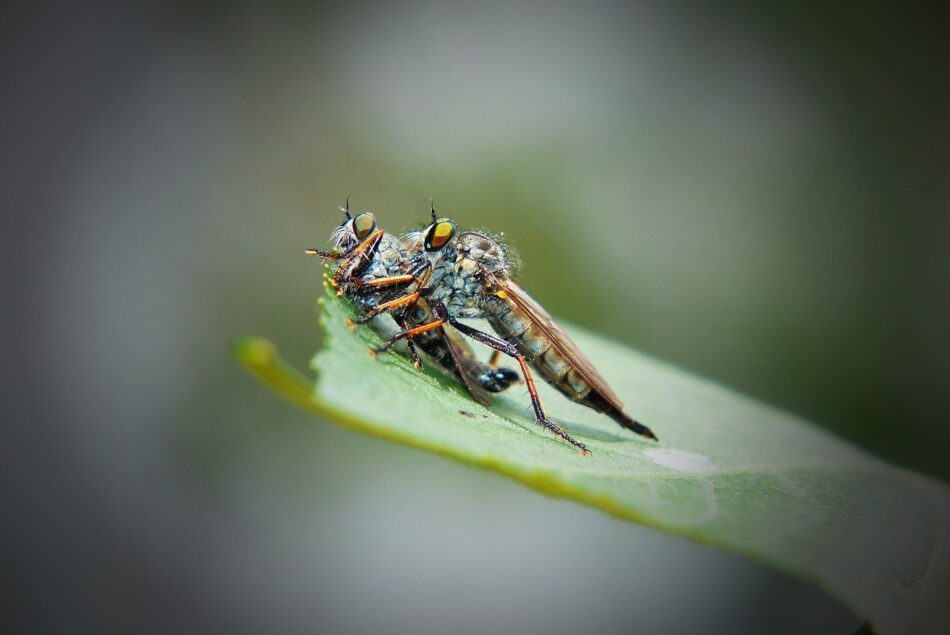In the book Cannibalism: A Perfectly Natural History, Bill Schutt talks about how Cannibalism is literally all around! Consider the Vampire, the Undead, and movies, with “The Walking Dead,” a mad triumph in cult nightmares such as The Silence of Lambs, starring the liver-love assassin Hannibal Lecter. Take the Walking Dead, the most successful cable television show ever. In our vocabulary too, we have several references to cannibalism – a woman who is intimate with a male is a “man-eater,” “eat somebody” is common slang for oral sex, and babies are not rescued.
THE GREATEST ABHORRENCE IN HUMAN CULTURE: CANNIBALISM
Apparently, the greatest abhorrence in human culture has always been cannibalism. But why, asks Schutt, is cannibalism so ordinary in its entirety? Schutt delves into cannibalism as a regular event in his book, Cannibalism: A Perfectly Natural History of the entire animal world in a witty, frequently amusing, and utterly interesting review. He suggests that cannibalism is a biological necessity triggered by environmental stresses.
There is a fish species that give birth to thousands and tens of thousands of baby fish just for consuming most of them to recharge their nutrients that have been depleted as a result of birth. The writer further discusses the history of cannibalism in the human race and how it was taboo in our culture – resulting in America’s most prominent event: the dramatic Dormer party case.
LIBERIA AND CONGO’S CANNIBALISTIC WARS
In a number of conflicts, in particular in Liberia and the Democratic Republic of Congo, cannibalism has lately been performed and ferociously denounced. In Papua New Guinea from 2012, it was still performed in numerous Melanesian tribes for ethnic, ceremonial and war purposes. Anthropologists are called upon “to define what is or is not beyond the pale of acceptable human behavior through cannibalism in order to examine the limits of cultural relativism. Some researchers concluded that there is no clear evidence to prove, while it was consistently questioned, that cannibalism was ever a generally recognized activity somewhere in the world at some point in history.
CANNIBALISM FOR MEDICAL PURPOSES
The ingestion of body parts or blood for medical purposes has been a form of cannibalism common in early modern Europe. This practice was at its height throughout the 17th century, while some peasant farmers engaged in executions have reported: “rushed forward and scraped the ground with their hands that they might collect some of the bloody earth, which they subsequently crammed in their mouth, in hope that they might thus get rid of their disease.” This practice was at its height in the 17th century.
The author in his book, Cannibalism discusses evolutionary ideas of inclusive fitness to address genetically engineered foods, guaranteeing not only one’s longevity but even an improvement in chances that if the meal is well-chosen, your own bloodline will prosper. When you have a delicate mind and heart, you will never see a snowy egret with admiration again, even when it comes to spadefoot toads. The author points out a misplayed press release on a recent re-analysis of bone content from the Donner Party platform and claims that climate change drives polar bears to eat their young people, two items that are much more complex than one would imagine the headlines to be. One takeaway: people don’t taste like chicken.
A chapter-wise summary of the book Cannibalism, and information about the practise of cannibalism in the west, and the east can help you know better about the practise.






